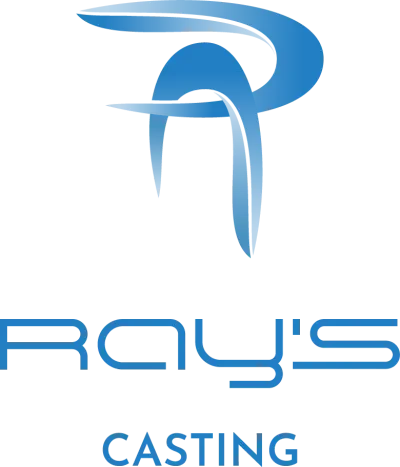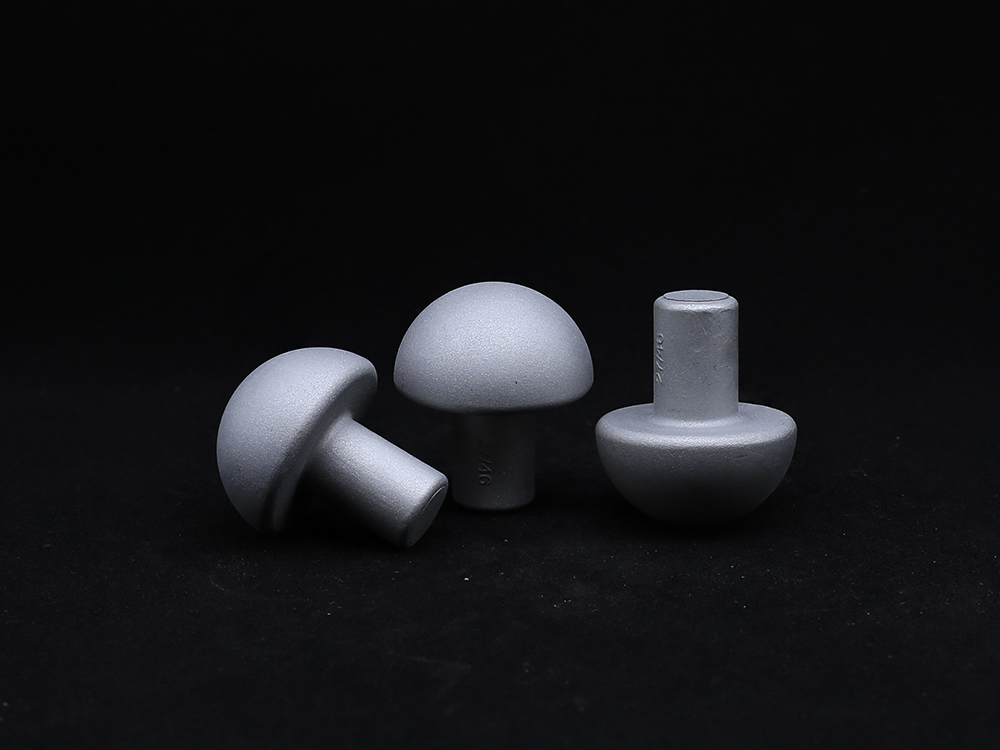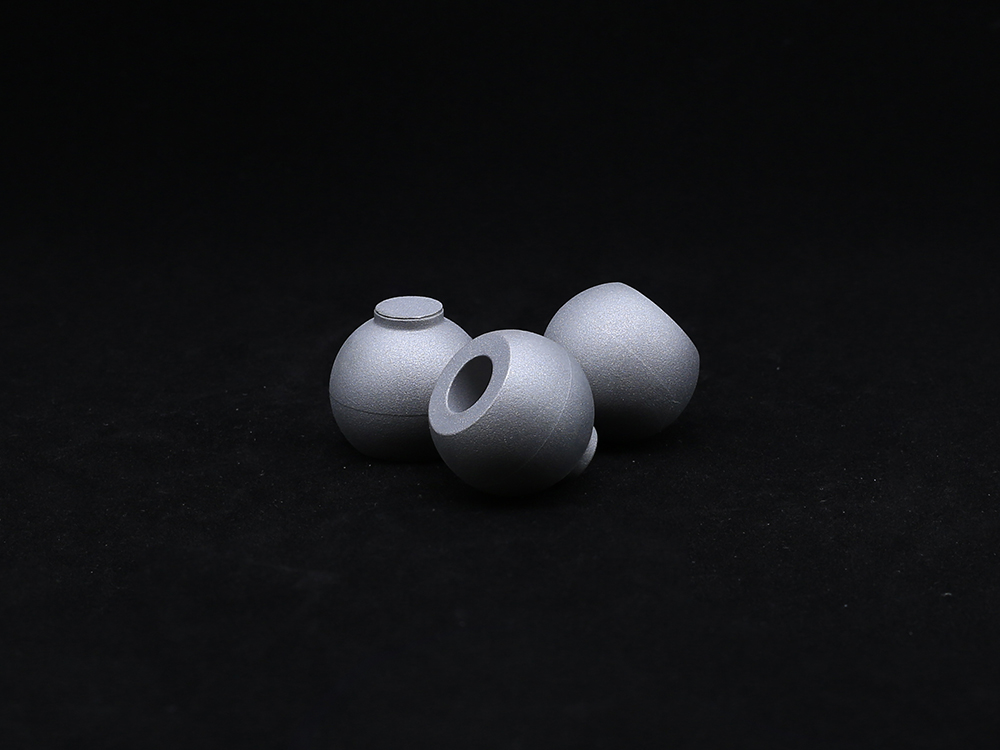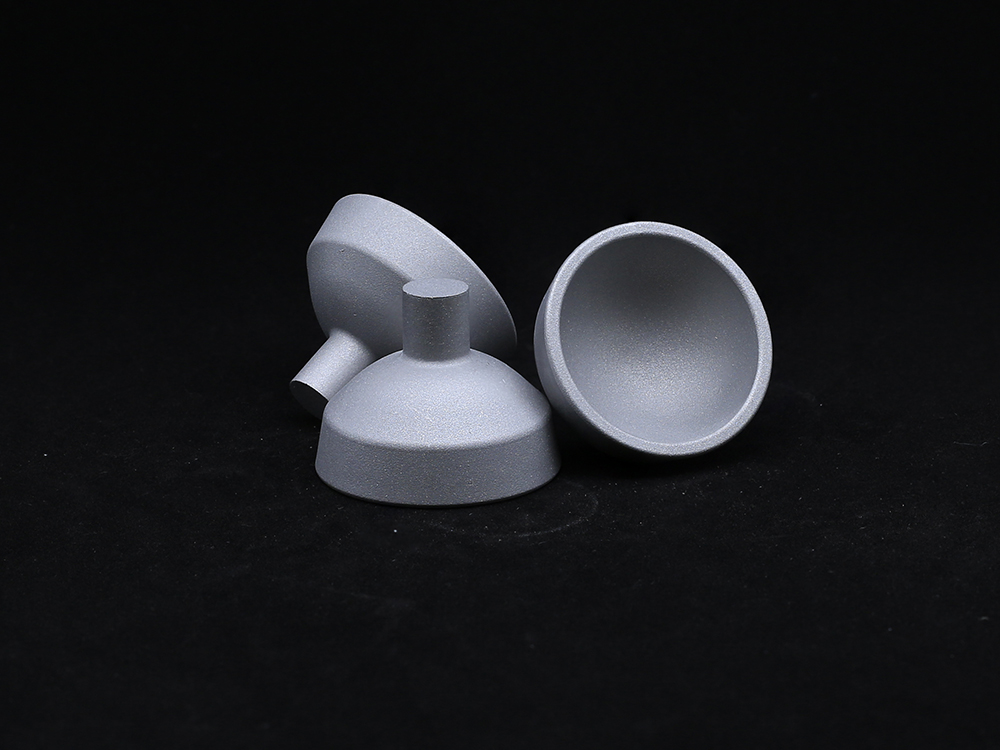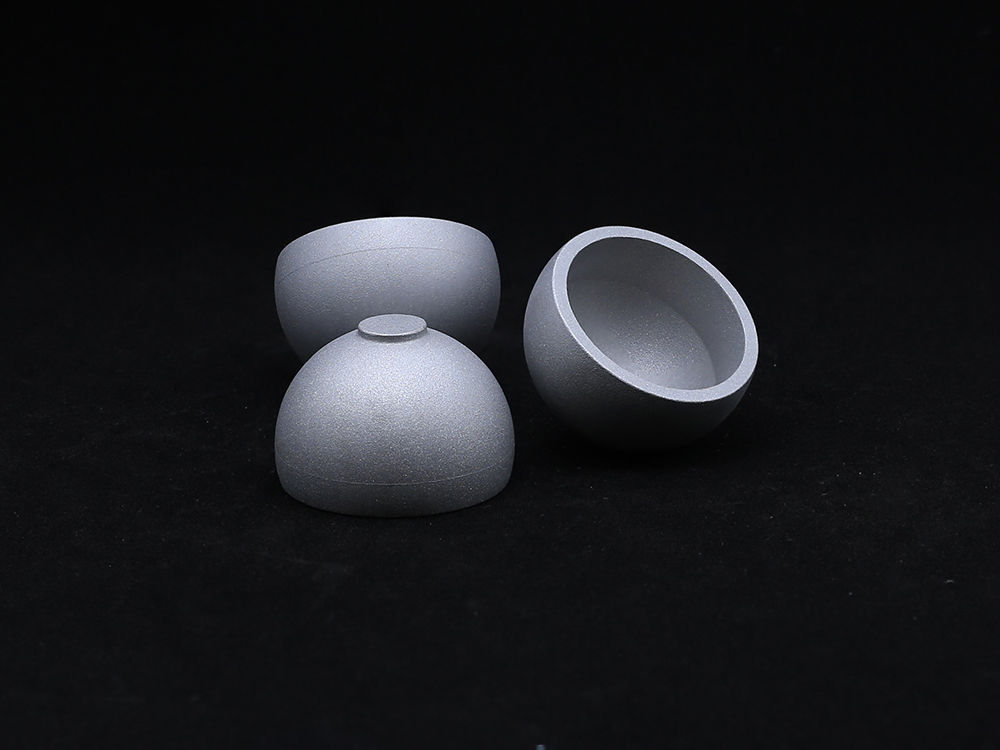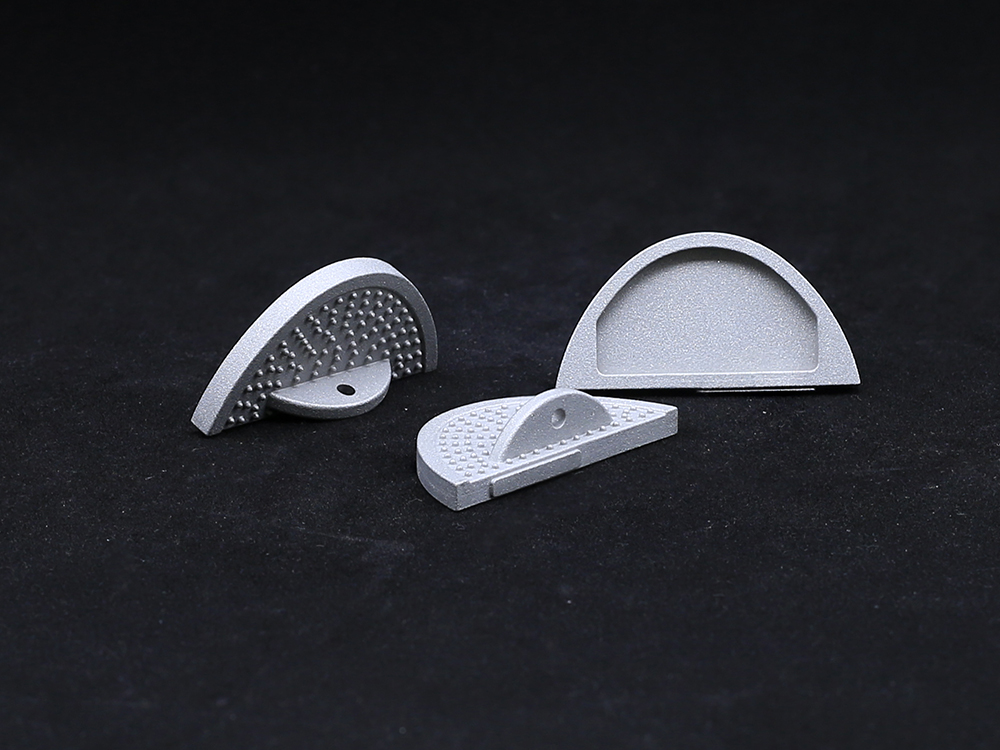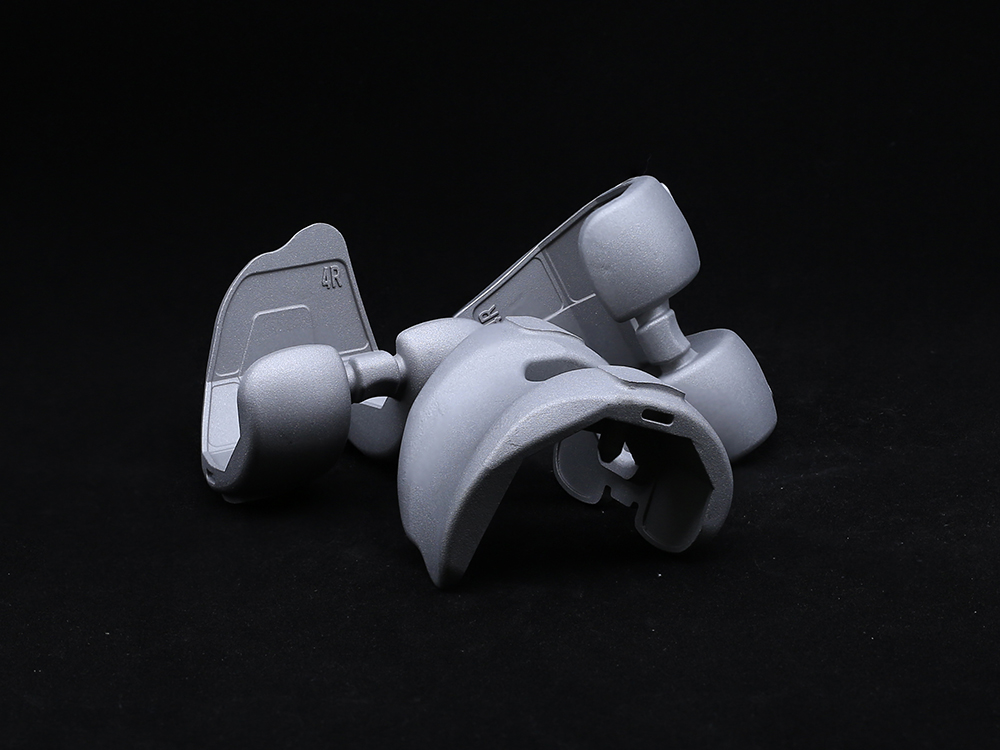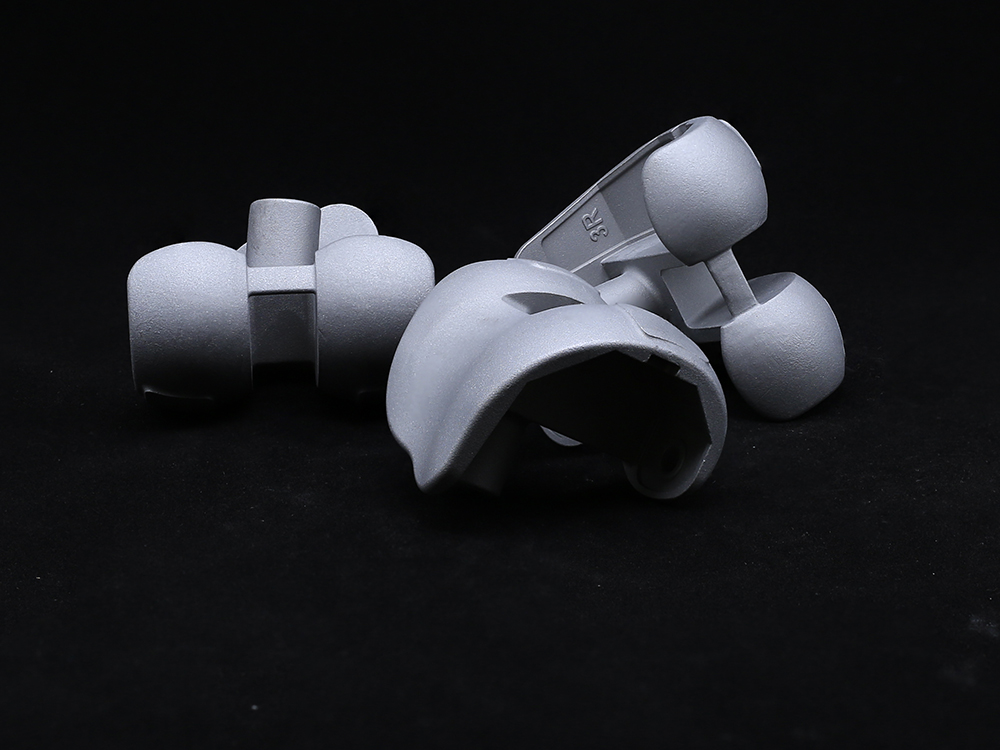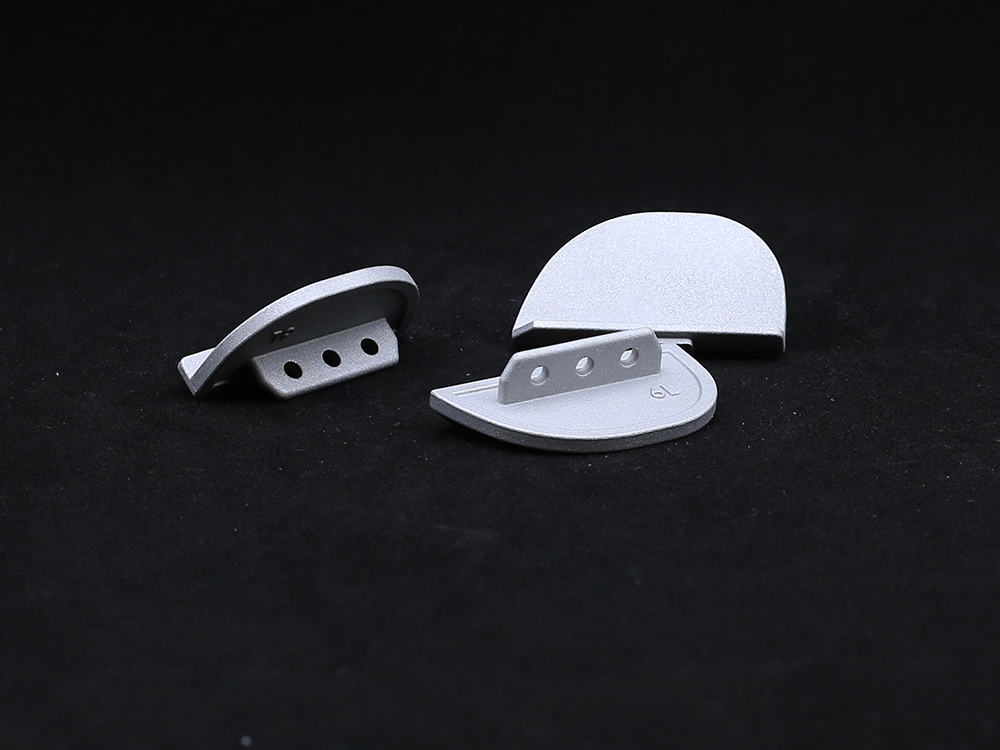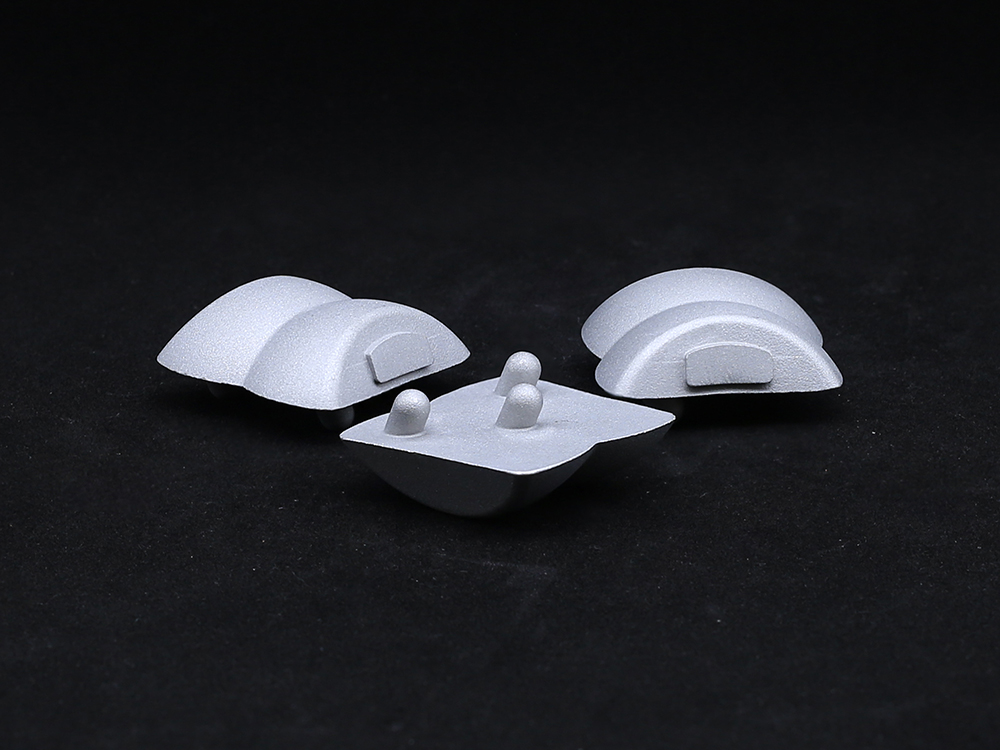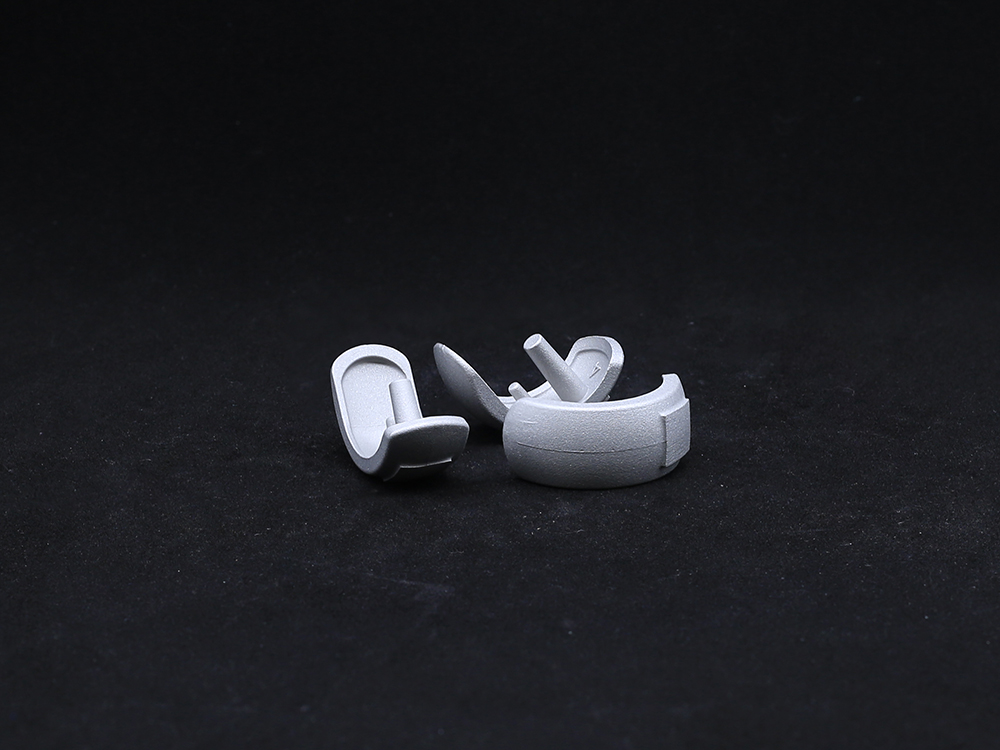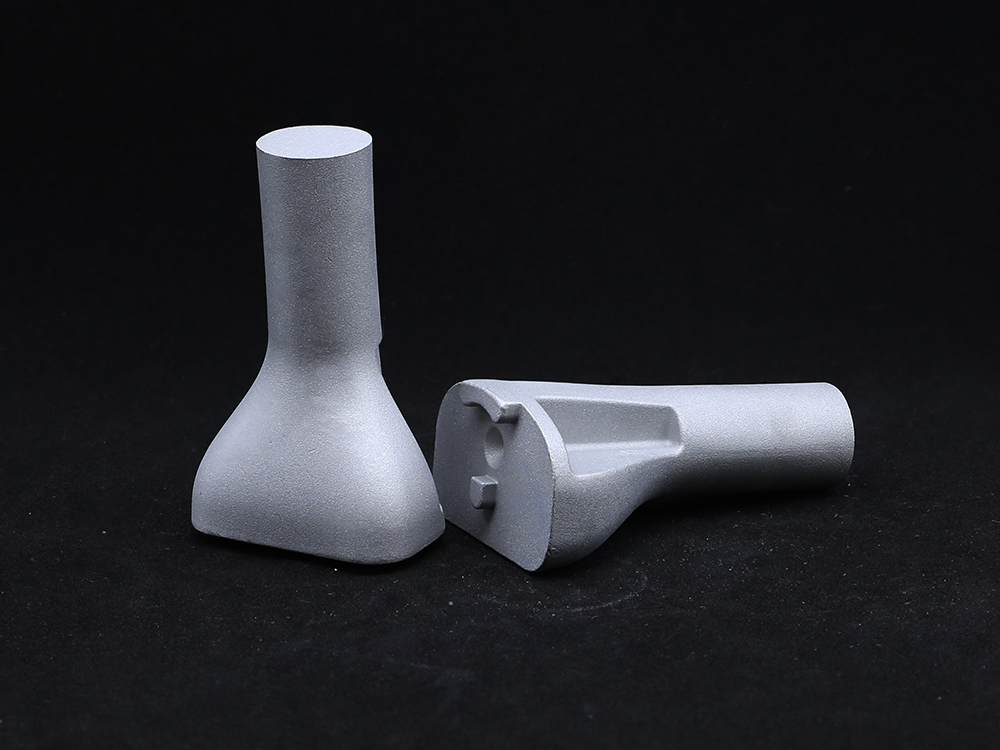- Tel: +8613911709825 /
- Email: ry@rays-casting.com /
Refurbished Platforms: Cost-Effective & High-Performance Solutions
The Strategic Imperative of Advanced Refurbished Platforms in Modern Industry
In an era defined by rapid technological advancements and an increasing global emphasis on sustainability, the strategic adoption of a high-quality Refurbished Platform has emerged as a critical driver for industrial efficiency and responsible resource management. This shift is not merely an economic consideration but a foundational element of a circular economy, enabling enterprises across diverse sectors to achieve peak operational performance without incurring the substantial capital expenditure often associated with new equipment. Modern industrial environments, from the intricate networks of petrochemical plants to the robust demands of metallurgical facilities and the precision required in large-scale water treatment systems, are increasingly recognizing the intrinsic value of expertly restored machinery. This value extends beyond immediate cost savings, encompassing enhanced energy efficiency, reduced environmental footprint, and the reliable integration of proven technology. A professionally refurbished platform represents a tangible commitment to both fiscal prudence and ecological stewardship, offering a viable, high-performance alternative that aligns seamlessly with contemporary industrial imperatives. The meticulous processes involved in transforming pre-owned assets into like-new operational units ensure that these platforms not only meet but often exceed original performance specifications, providing a compelling solution for forward-thinking organizations aiming for sustainable growth and operational excellence. The market for refurbished industrial assets is projected to grow significantly, driven by these compelling advantages, making the selection of a trusted supplier a paramount decision for long-term operational success.
Precision Engineering: The Meticulous Process of Refurbishing Industrial Platforms
The transformation of an industrial asset into a high-performance Refurbished Platform involves a rigorous, multi-stage manufacturing and restoration process, ensuring it meets stringent operational demands and extended service life. This journey begins with a comprehensive initial assessment, where incoming platforms undergo detailed diagnostics utilizing advanced non-destructive testing (NDT) techniques such as ultrasonic inspection, magnetic particle testing, and eddy current analysis to identify latent defects, material fatigue, or hidden corrosion. Following this, the platform is meticulously disassembled, allowing for a granular examination of every component. Cleaning processes employ specialized industrial-grade solvents and abrasive blasting to remove accumulated residues, rust, and old coatings, preparing surfaces for repair and treatment. Component manufacturing and repair are central to this phase; worn or damaged parts are either restored to original specifications through precision welding, thermal spraying, or remachining using state-of-the-art CNC machining centers, or they are entirely replaced with new, OEM-grade components. This often includes critical elements made from high-grade alloys like stainless steel (e.g., 316L for corrosion resistance) or specialized engineered plastics known for their durability and chemical inertness in harsh industrial environments. Reassembly follows strict engineering blueprints, with critical tolerances verified at every step. The final stage involves comprehensive performance testing, including load testing, pressure testing (up to 150% of design pressure for fluid handling platforms), vibration analysis, and extended operational run-ins to ensure stability and reliability. All processes adhere strictly to international standards such as ISO 9001 for quality management and ANSI standards for material and operational safety, significantly extending the typical lifespan of a Refurbished Platform by many years, often matching or exceeding that of new equipment. For instance, a platform originally designed for a 20-year service life can see an additional 10-15 years of reliable operation post-refurbishment, providing unparalleled value.
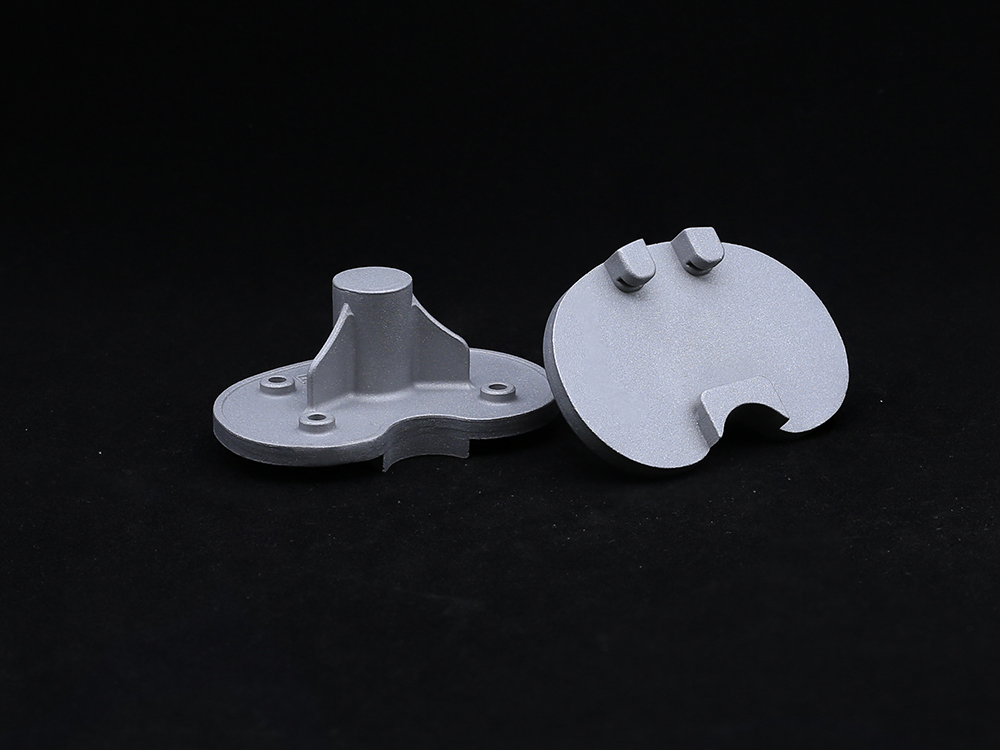
An expertly refurbished platform undergoes rigorous quality inspections, ensuring peak performance.
Unveiling Technical Specifications and Performance Metrics for Refurbished Platforms
Understanding the critical technical parameters of a Refurbished Platform is essential for industrial decision-makers to ascertain its suitability for specific applications. Our commitment to transparency ensures that every refurbished unit is accompanied by detailed specifications, often reflecting performance capabilities equivalent to or exceeding original design parameters, thanks to component upgrades and precise recalibration. For instance, a typical industrial refurbished platform might exhibit a dynamic load capacity of up to 50 tons, with a static load capacity reaching 150 tons, ensuring robust performance in heavy-duty environments. Operational temperature ranges are meticulously verified, commonly spanning from -20°C to +400°C for applications in metallurgy or petrochemical processing, achieved through the use of high-temperature alloys and advanced insulation. Positional accuracy, critical for automated processes, can be maintained within ±0.05 mm, a testament to the precision of the CNC machining and reassembly phases. Energy consumption efficiency is a key advantage, with refurbished units often demonstrating 10-20% lower power consumption than older, non-refurbished counterparts due to upgraded motors, bearings, and optimized control systems, leading to substantial operational cost savings. The material composition of critical load-bearing structures frequently includes ASTM A36 carbon steel for structural integrity and AISI 304/316 stainless steel for components requiring superior corrosion resistance, particularly in chemical or wastewater treatment facilities. The extended service life, typically projected to be an additional 10-15 years post-refurbishment, provides a significant return on investment. This detailed understanding enables businesses to make informed decisions, leveraging the proven reliability and cost-effectiveness of a Refurbished Platform over new equipment, particularly when budget constraints or urgent deployment timelines are critical factors.
Comparative Technical Specifications: Refurbished vs. New Industrial Platforms
| Parameter | New Platform (Typical) | Refurbished Platform (Rays Casting) | Key Advantage |
|---|---|---|---|
| Dynamic Load Capacity | Up to 50 Metric Tons | Up to 50 Metric Tons (Verified) | Comparable Performance |
| Operational Temperature Range | -20°C to +400°C | -20°C to +400°C (Certified) | Meets Industry Standards |
| Positional Accuracy (CNC stages) | ±0.05 mm | ±0.05 mm (Calibrated) | High Precision Maintained |
| Energy Consumption Efficiency | Standard Efficiency | 10-20% Improved (Due to Upgrades) | Significant Operational Cost Savings |
| Expected Lifespan Extension | N/A (New Unit) | Additional 10-15 Years | Extended ROI |
| Acquisition Cost | 100% of Market Price | 40-70% of Market Price | Substantial Cost Savings (30-60%) |
| Delivery Lead Time | Typically 6-12 Months | Typically 2-4 Months | Faster Deployment |
Versatile Applications and Strategic Advantages Across Core Industries
The adaptability and inherent reliability of a Refurbished Platform make it an invaluable asset across a spectrum of critical industrial sectors, each benefiting from its specific design and performance characteristics. In the petrochemical industry, for instance, these platforms are engineered to withstand highly corrosive environments and extreme pressures, essential for processes involving the handling of volatile chemicals and crude oil. The use of specialized coatings and high-grade stainless steel (e.g., Duplex or Super Duplex alloys) ensures exceptional anti-corrosion properties and extended operational longevity, contributing significantly to safety and reducing the frequency of costly shutdowns. For metallurgy, where operations are characterized by immense heat and heavy loads, refurbished platforms demonstrate superior structural integrity and thermal resistance, critical for applications in foundries, steel mills, and forging plants. Their robust construction and precise engineering provide stability for heavy machinery and material handling, minimizing vibrations and ensuring operational safety. In the burgeoning water and wastewater treatment sectors, the need for reliable fluid handling and robust infrastructure is paramount. A Refurbished Platform in this context often features advanced sealing technologies, non-corrosive components, and precise flow control mechanisms, enabling efficient pumping, filtration, and chemical dosing processes while resisting degradation from aggressive media. Beyond industry-specific benefits, the overarching advantages of deploying refurbished platforms include a significant reduction in capital expenditure—typically 30-60% lower than new equipment—without compromising on performance or reliability. Furthermore, the considerably shorter lead times (often 2-4 months compared to 6-12 months for new builds) ensure rapid deployment and minimized project delays. The inherent sustainability of choosing refurbished equipment also aligns with corporate environmental goals, reducing waste and decreasing the carbon footprint associated with manufacturing new machinery, thus positioning companies as leaders in responsible industrial practices.
Tailored Solutions and Integrated Systems: Customizing Your Refurbished Platform
Recognizing that every industrial operation possesses unique demands and spatial constraints, the concept of a Refurbished Platform extends far beyond a mere off-the-shelf product; it encompasses the capability for extensive customization and seamless integration into existing operational ecosystems. Our expert engineering teams collaborate closely with clients to understand precise requirements, whether these involve adapting load-bearing capacities for specialized equipment, modifying dimensions to fit confined spaces, or integrating with specific control systems and communication protocols. This bespoke approach might include re-engineering the platform’s structural elements to accommodate new machinery configurations, or upgrading electrical and hydraulic systems to align with enhanced power demands or safety regulations (e.g., ATEX certification for hazardous environments). For industries requiring precise environmental control, a refurbished platform can be equipped with advanced climate control systems or specialized coatings to withstand extreme temperatures, humidity, or corrosive atmospheres. Furthermore, integration with legacy control systems is a common requirement; our solutions often involve providing compatible interfaces and programming to ensure the Refurbished Platform communicates flawlessly with existing SCADA or DCS systems, minimizing disruption and maximizing operational continuity. The value proposition of such customization is significant: it allows businesses to leverage the cost-effectiveness of refurbished assets while still achieving the exact functional and performance specifications of a purpose-built new system. This flexibility not only extends the utility of the platform but also ensures optimal operational efficiency and safety, making it a strategic choice for complex industrial upgrades and expansions. By engaging with an experienced provider, clients gain access to comprehensive engineering support, from initial design consultation to post-installation optimization, guaranteeing a solution perfectly aligned with their long-term strategic objectives.
Ensuring Trust and Reliability: FAQs, Warranty, and Customer Support
Building trust and ensuring peace of mind for B2B clients considering a Refurbished Platform is paramount. Our commitment extends beyond the product itself to comprehensive support and transparent policies. This includes providing clear responses to frequently asked questions, robust warranty coverage, and dedicated customer assistance. We understand that concerns about quality, longevity, and post-purchase support are critical. Our typical warranty for a Refurbished Platform ranges from 6 to 12 months, often mirroring or even exceeding the warranty periods offered for new components by some manufacturers, a testament to our rigorous refurbishment processes and quality control. This warranty covers material defects and workmanship, offering repair or replacement services to ensure continuous operation. Our delivery cycles are optimized for efficiency, typically ranging from 2 to 4 months, significantly faster than the 6 to 12 months often required for new custom-fabricated equipment. This expedited timeline minimizes operational downtime and accelerates project completion. Furthermore, our dedicated customer support team is available to assist with technical queries, troubleshooting, and spare parts availability, ensuring that your Refurbished Platform continues to perform optimally throughout its extended lifespan. We maintain a comprehensive inventory of standard and custom components, facilitating quick repairs and reducing potential operational interruptions. Prior to delivery, each platform undergoes a final, stringent quality assurance check, complete with detailed documentation including test reports, material certifications (e.g., ISO 9001 compliance, ANSI standards adherence), and operational manuals. This meticulous attention to detail and unwavering support ensures that investing in a Refurbished Platform from us is a decision that delivers long-term value, reliability, and unparalleled operational confidence for your industrial applications.
Frequently Asked Questions (FAQs)
- Q: How does the quality of a refurbished platform compare to a new one?
- A: A professionally Refurbished Platform undergoes rigorous testing and component replacement, often exceeding original specifications in critical areas like energy efficiency and structural integrity, delivering comparable performance at a significantly lower cost.
- Q: What is the typical lifespan extension for a refurbished platform?
- A: Through our comprehensive refurbishment process, which includes material upgrades and precision engineering, we typically extend the operational lifespan of a platform by an additional 10 to 15 years, providing exceptional long-term value.
- Q: Are refurbished platforms customizable for specific applications?
- A: Absolutely. We offer extensive customization options, including structural modifications, integration with specific control systems, and application-specific material upgrades to ensure the Refurbished Platform perfectly aligns with your operational requirements.
- Q: What kind of support is offered after purchase?
- A: We provide comprehensive post-sales support, including technical assistance, access to spare parts, and troubleshooting services, ensuring the continued optimal performance of your investment.
Authoritative References
- Smith, J. A. (2022). The Circular Economy in Heavy Industry: A Focus on Refurbishment and Remanufacturing. Journal of Industrial Ecology, 26(3), 789-805.
- Davis, P. K., & Chen, L. (2021). Lifecycle Assessment of Industrial Equipment: Comparing New Production with Advanced Refurbishment. Environmental Science & Technology Letters, 8(7), 543-550.
- European Commission. (2020). New Circular Economy Action Plan: For a Cleaner and More Competitive Europe. Official Journal of the European Union, C 108/1.
- ISO 9001:2015. (2015). Quality Management Systems—Requirements. International Organization for Standardization.
- American National Standards Institute (ANSI). (Various Dates). Standards for Industrial Machinery Safety and Performance.
Get a Custom Solution!
Contact Us To Provide You With More Professional Services
